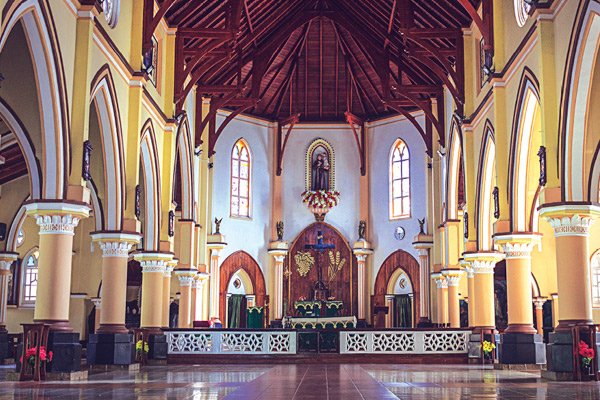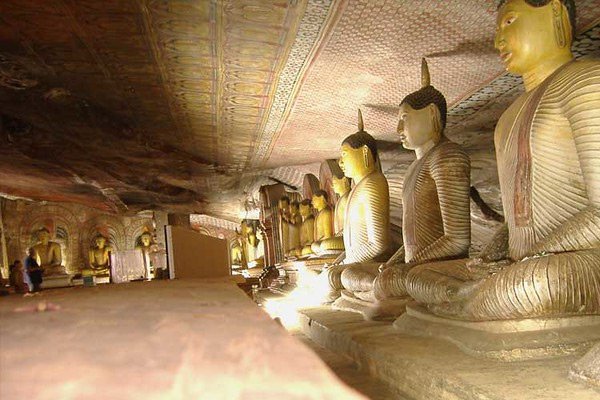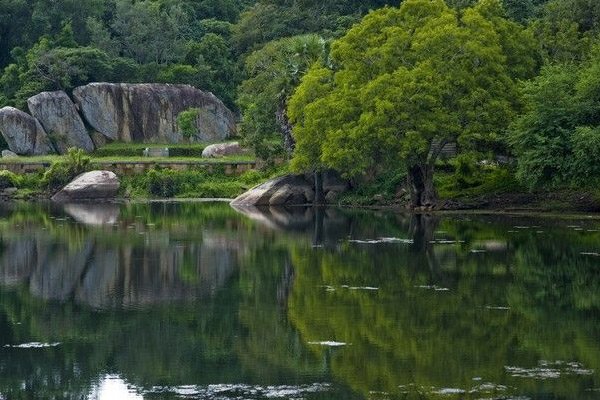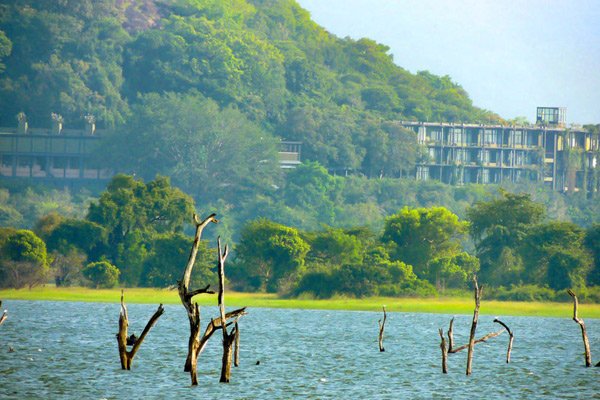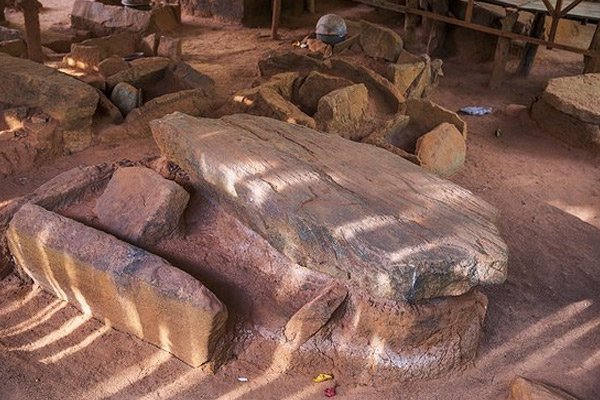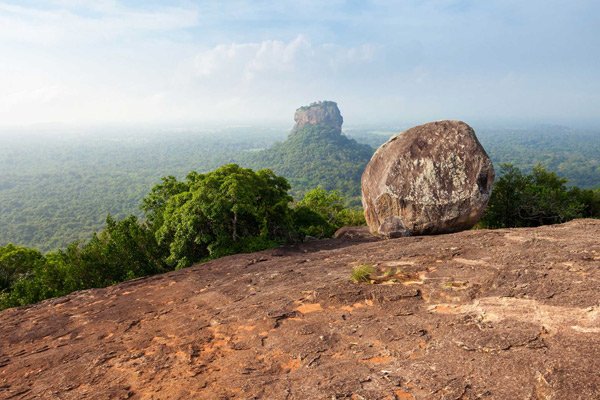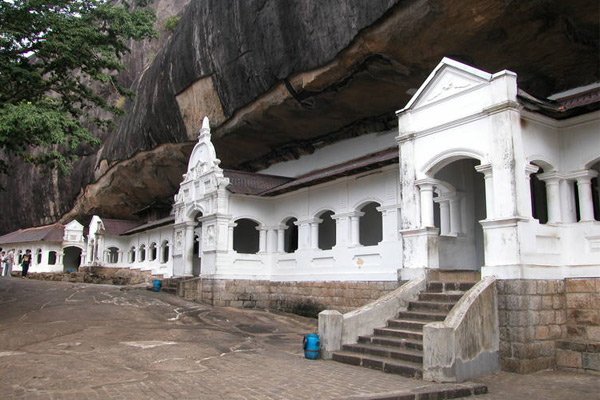
A sacred pilgrimage site for 22 centuries, this cave monastery, with its five sanctuaries, is the largest,
best-preserved cave-temple complex in Sri Lanka. The Buddhist mural paintings (covering an area of 2,100 m2
) are of particular importance, as are the 157 statues.
The shortest way, from Colombo to Dambulla lies via Kurunegala, one of the capitals of the medieval
Sinhalese kings. The other rock temple of equal fame, Aluvihare, where, according to tradition, the Buddhist
scriptures were first committed to writing about The first century B.C., list about twenty-six miles to the
south on the Kandy Dambulla road. And the famous fortress of Sigiriya with its beautiful frescoes rises
aloft like a gigantic cylinder at a distance of about twelve miles to the north-east of Dambulla.
- Area: 444 km²
- Weather: 32°C, Wind W at 13 km/h, 57% Humidity
- Province: Central Province
Colombo to Dambulla distance 159.8km




